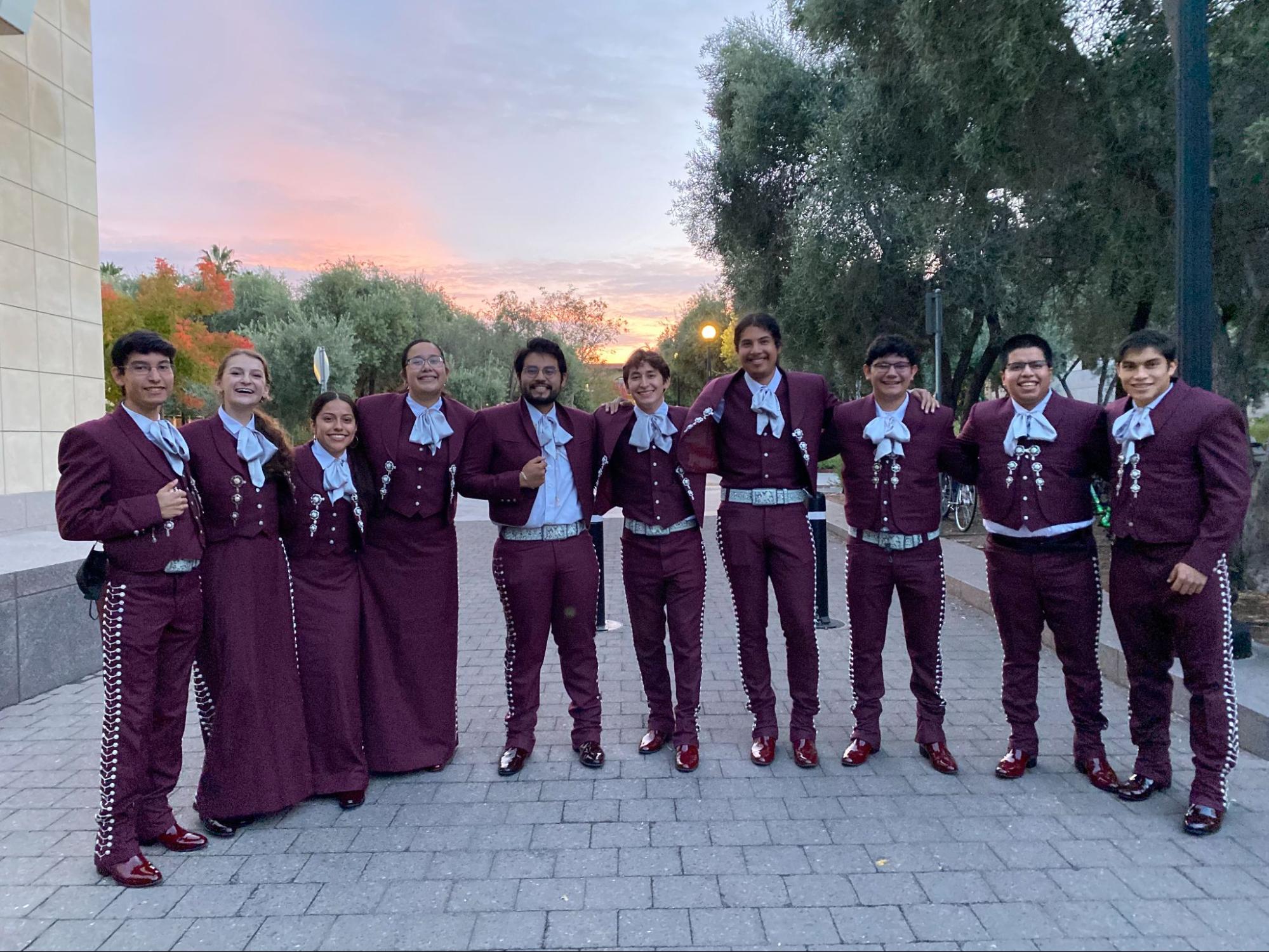Just over 100 years ago, in 1920, the first Latina student graduated from Stanford. Since then generations of Latino students have contributed to the monumental expansion of Stanford’s cultural and academic offerings.
During the 1970s, a group of Latin American students urged the University to increase minority enrollment. For decades, Latino students have built a growing community, known for its advocacy, community service and spirited traditions. Their stories are embedded throughout Stanford’s 20th and 21st century history, from the student-led creation of Casa Zapata, the Chicano and Latino ethnic-themed house, to the establishment of one of the first Latin American Studies bachelor degree programs in the nation.
Hispanic Heritage Month — which lasts from Sept. 15 to Oct. 15 — celebrates the legacies, achievements and influence of Hispanic, Chicano and Latino communities nationwide. At Stanford, the month is honored annually through community gatherings, celebrations, performances and educational programming that highlight Latino scholarship and artistic expression. Latino students spoke with The Daily about heritage, culture and finding a place at Stanford.

“I was more involved with Hermanas de Stanford my freshman fall, but I’m also part of the Society of Latinx Engineers (SOLE). The Latin American community at Stanford has really made a place far away from home feel like home. Sometimes, the change in language as a result of being here can be challenging, and [having this community] has made it easier to talk with people from similar backgrounds. I want the broader community at Stanford to know that Latin America is a beautiful place. We have beautiful people. And just as we value and respect people here, whenever people from other places visit, they should value and respect people there.”

“Very luckily, my random assignment roommate also ended up being from Latin America. She is from El Salvador… It ended up that we both speak Spanish and are well-versed in Latino culture… Rooming with her for the past several years, speaking Spanish in the room, getting to know her family, and her getting to know my family, and it being like a family, has been the best way that I’ve been able to stay in touch with my Latino heritage… I’m also a TA for a class in Spanish, and I’m a language conversation partner, which I would say has been one of the most fulfilling roles, because I get to tell people about my culture, and get them interested in Peru and in Latin American heritage.”

“As co-president of Mariachi Cardenal, I want to highlight that mariachi and music are just one part of celebrating Latinidad. There’s so many ways to honor Latinx culture, and I think it’s important to emphasize how elevating Indigenous identity, such as Afro Latinx identity, promoting queer and trans freedom, and everything in between, is something that we actively work to do to build community. I think that is often overlooked when we think about Latinidad, and especially as it relates to Stanford’s campus, so I definitely want to promote conversation around those topics and encourage everyone to do the same.”

“Stanford’s Latino community is the most diverse Latin American community that I have ever been part of before. I’m from the Bay Area, so most people here are Mexican or Salvadorian, and there are some Guatemalans. But at Stanford, there is a little bit of everything which is really cool, and we also have a lot of international students from Latin America. Being able to have a mix of international and diaspora students, as well as people from all different regions of Latin America, has given me a really interesting perspective and understanding that being Latin American is not a monolith… I really enjoy getting to know people from all over and hearing different experiences both from those whose parents or grandparents immigrated here, and those who are immigrants themselves.”

“My best experience with Mariachi Cardenal was when we were doing Valentine’s Day serenades throughout campus. That was probably one of my favorite days at Stanford because we got to travel all across campus. I was a frosh, so I was not familiar with all of campus, but we got to travel to all ends of the campus. Being able to play for people and getting to see their reactions when they saw the Mariachi band pull up and play was really exciting… Serenata, also known as serenade in English, are very common in Mexico where you have a loved one, usually the male, who brings the Mariachi group to play for his loved one as a symbol of how much he cares for her. And sometimes if they know the [melodies], they sing along with the Mariachi for a more memorable experience.”

“Growing up, I felt a bit disconnected from my own Latin heritage. I was always proud of who I am as a Mexican-Guatemala American, but it is not something that I was super close to. My mom never cooked traditional Mexican food, and my dad rarely spoke about life back in Guatemala. And most significantly, Spanish was never really spoken at home… Everyone kind of saw that I was distanced from [my culture]. So making the choice to live in Casa Zapata and try to become connected to it was definitely powerful. And I try my best. I go to events such as the Zapatatistas, an opportunity for different members of the community to share their story, and learn as much as I can. And I certainly have a lot more living and learning to do over the next three years.”
